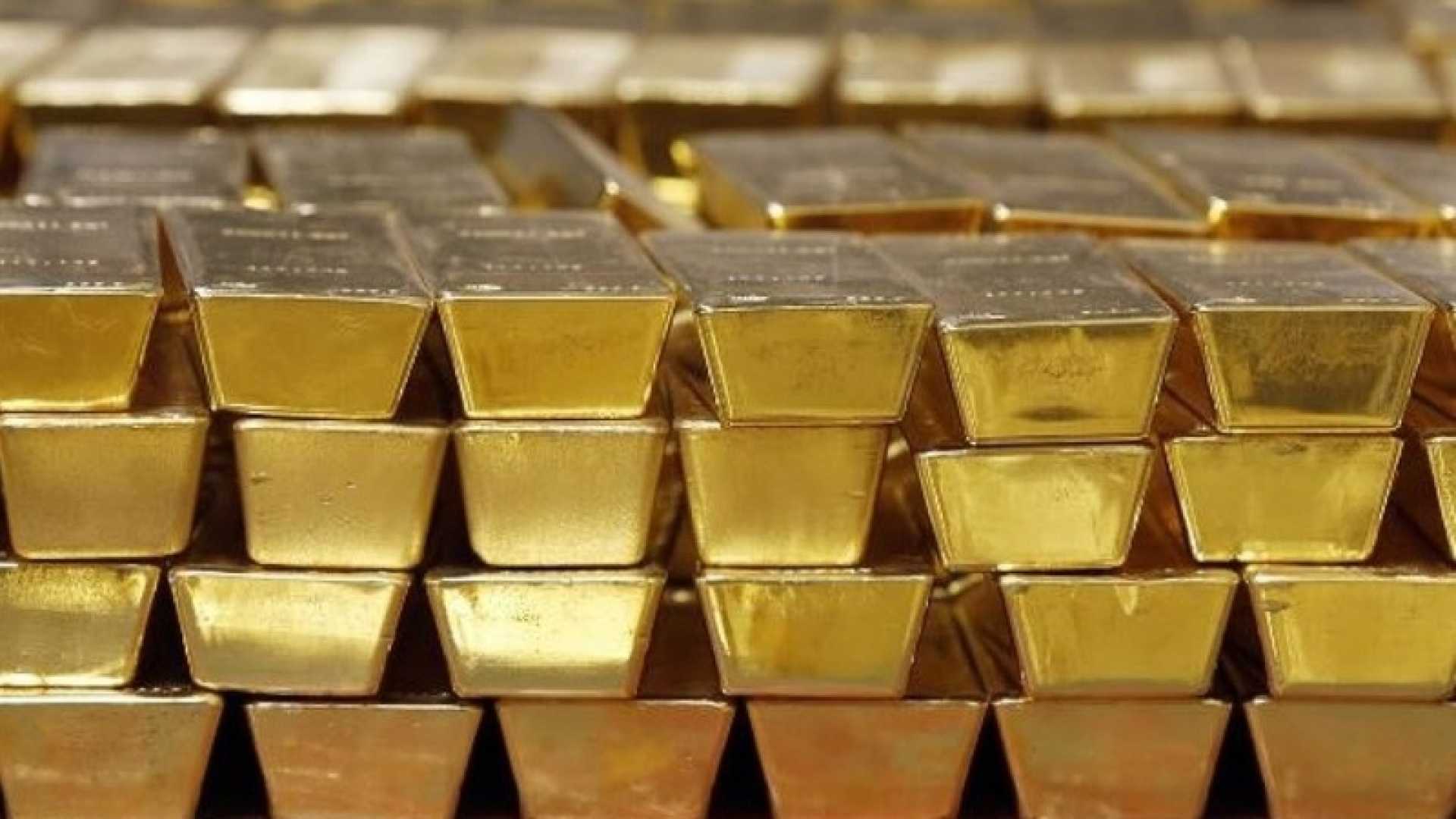Business
Kyrgyzstan Sells 2 Tons of Gold Amid Rising Global Prices

Bishkek, Kyrgyzstan — Kyrgyzstan reduced its gold reserves by 2 tons in March 2025, marking a shift to becoming a net seller, according to a report by the World Gold Council.
This decision comes as global gold prices have been on the rise, prompting several other Central Asian countries to reevaluate their gold reserves. The World Gold Council’s monthly review noted that this shift reflects regional trends in gold trading.
Uzbekistan has been particularly active in the gold market, topping global charts by selling 11 tonnes of gold in March. The Central Bank of Uzbekistan reported a total gold sale of 15 tonnes during the first quarter of the year, contributing to record gold and foreign exchange reserves nearing $50 billion.
The Navoi Mining and Metallurgical Combine, Uzbekistan’s largest taxpayer and fourth-largest gold producer worldwide, significantly contributes to these numbers. In 2024, the company’s gold output increased by 5.4%, generating $7.4 billion in revenues, emphasizing its critical role in the national economy.
Since 2018, Uzbekistan has actively exported gold, using the resulting revenue to finance infrastructure projects and bolster its economic resilience. According to local experts, the Central Bank’s gold and foreign exchange reserves are crucial for mitigating economic shocks and stabilizing the national currency.
The International Monetary Fund has warned of potential inflationary pressures from volatile gold prices, underscoring the importance of strategic fiscal policies in Uzbekistan. Should gold revenues decrease, the government may face challenges in maintaining spending levels, particularly in sensitive areas such as social services.
Kyrgyzstan and Kazakhstan have also performed well in gold exports. Kazakhstan’s National Bank sold 8 tonnes of gold in February 2025, reinforcing its position as a significant player in the global market, despite wider trends of central banks increasing their gold reserves.
As global market conditions continue to evolve, analysts predict gold prices will rise further, projecting an average price of around $3,140 per troy ounce in 2025. This increase is attributed to growing demand from central banks, which accounted for 10% of global gold demand in 2022 but is expected to rise to 25% by 2025.
Amid trade tensions and economic uncertainty, Central Asia, particularly Uzbekistan and Kazakhstan, is emerging as a key player in the global gold market, using their natural resources for economic stability. The strategic management of gold resources reflects a new balance in the international precious metals arena.












